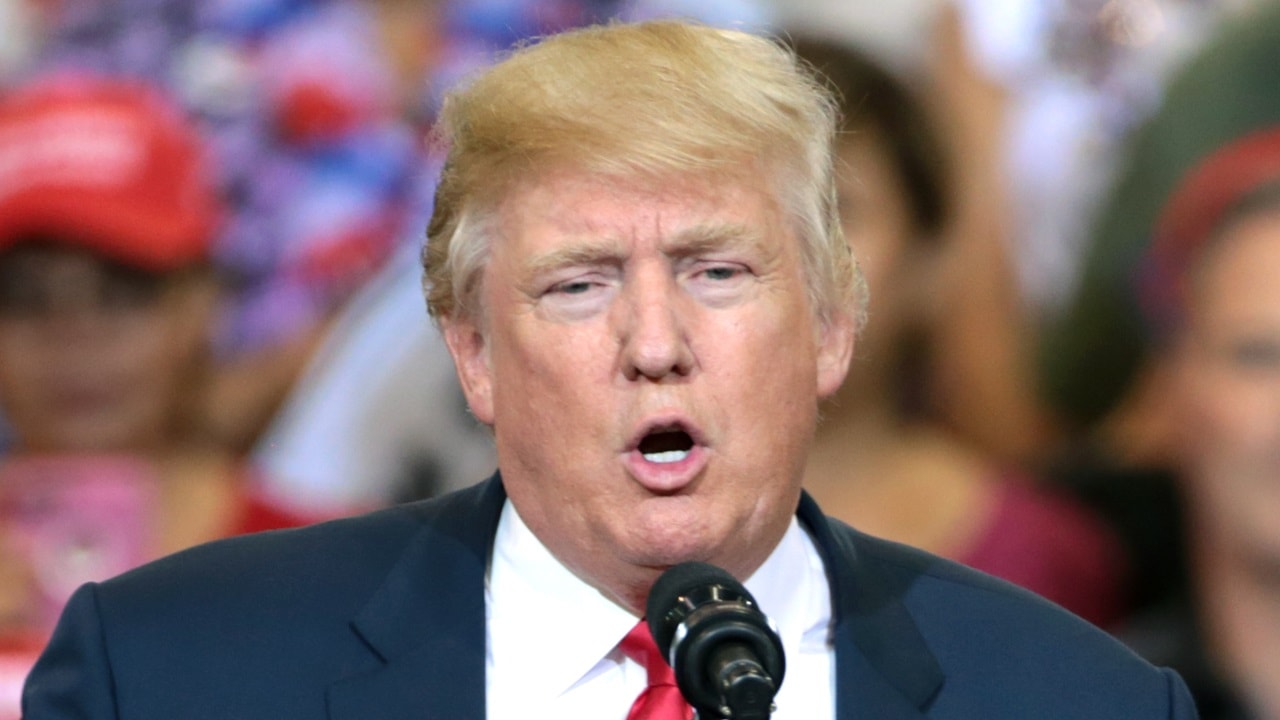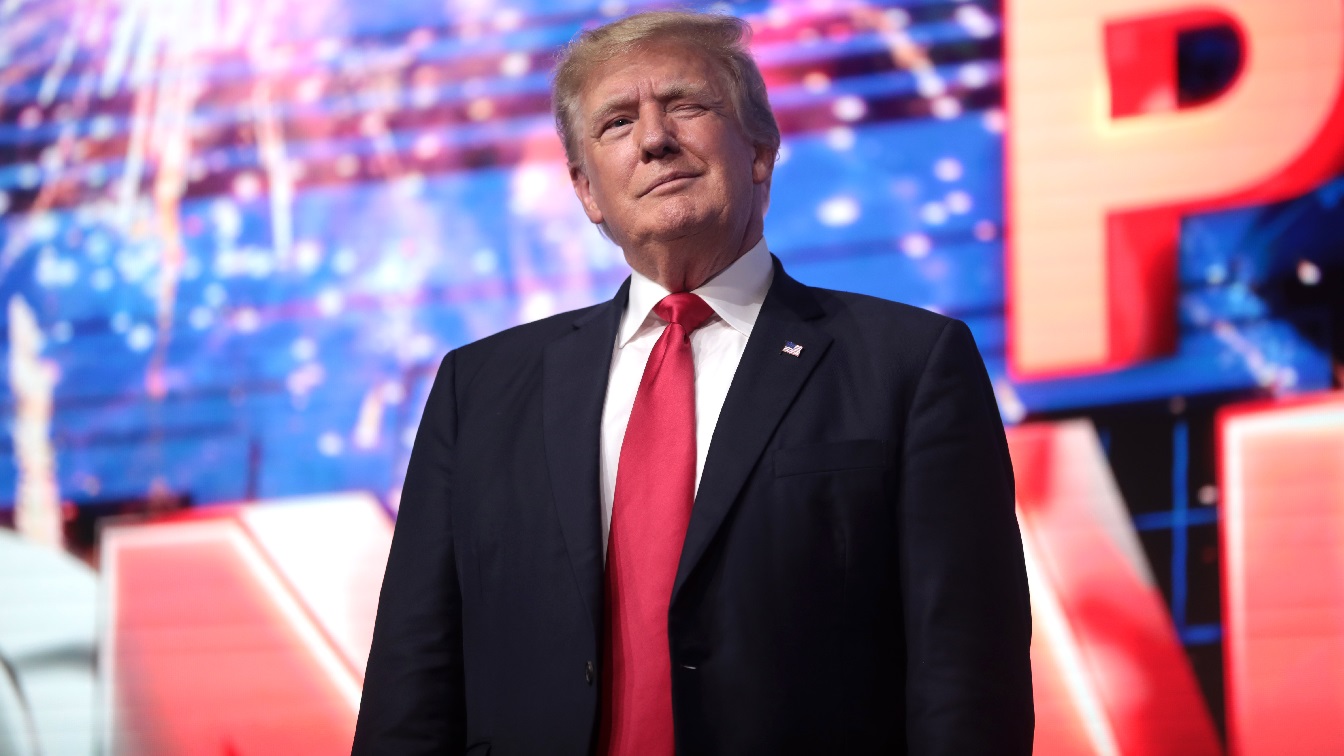What is happening with US tariff policy under President Donald Trump? The question isn’t rhetorical; after a week of back and forth from the Trump administration, no one is quite sure where America’s foreign economic policy is or is going.
Over the weekend, President Trump threatened to impose 25% tariffs on Mexico and Canada, America’s two most important trading partners. Yesterday, the tariffs disappeared like a morning frost, evidently delayed after President Sheinbaum and Prime Minister Trudeau spoke with Trump and made token concessions.
The tariff threat remains on the book but has been pushed back a month. What, exactly, is going on?
Economics 101: Tariffs Don’t Work
The economic case against tariff policy is ironclad.
Tariffs, which are taxes on goods entering the United States, cannot even come close to replacing taxes as a source of revenue. Tariffs do not reduce prices; in fact, they depend on increasing prices in order to shift patterns of production and consumption. But because Mexico and Canada are tightly integrated into the US economy as a consequence of the US-Mexico-Canada Agreement (USMCA, negotiated in Trump’s first term), the supply chains for many industries criss-cross borders multiple times.
This would leave US industry extremely vulnerable to supply chain disruption, a point that industry leaders have made repeatedly to the President. Rather than creating space for industrial revitalization, tariff walls with Mexico and Canada would be deeply and immediately disruptive to US industry, with any positive consequences left to an unclear and uncertain future.
Although it is challenging to know Trump’s mind, it is perhaps better to think of the tariff threats as coercive diplomacy rather than as foreign economic policy.
Along with its more violent manifestations, coercive diplomacy can involve the idea that trade measures can be used against friends and enemies alike to force them to conform to US policy preferences.
Part of Trump’s political mandate is to address the fact that a substantial number of Americans (including a considerable number of his rural and exurban supporters) very much enjoy fentanyl, despite the evident risks of addiction and death.
In launching the tariff threat, the President made explicit the argument that neither Canada nor Mexico were working very hard to prevent the smuggling of fentanyl into the United States.
These claims make a bit of sense (although not too much) with respect to Mexico, and are wholly nonsensical when applied to Canada. Accordingly, both Canada and Mexico agreed to take a series of meaningless steps to curtail fentanyl smuggling, leading to the delay in the implementation of the tariffs.
So if we do the President and his advisors the courtesy of believing he knows what he’s doing, we have to conclude that the tariff threats have nothing to do with revenue or reindustrialization, and not much to do with fentanyl. That leaves a more general sense of coercive diplomacy, in which the President is simply announcing to the world (North American First!) that the United States will impose its will and use its economic weight to win concessions whenever it pleases.
This effort was on display when Trump threatened Colombia with heavy trade sanctions over a small immigration dispute. The logic is that the United States can win concessions in the future by establishing a reputation for toughness and a willingness to endure pain in order to win a trade dispute.

Donald Trump speaking with supporters at a campaign rally at the Phoenix Convention Center in Phoenix, Arizona.
However, suppose the President is attempting to demonstrate that he is willing to impose economy-crushing tariffs upon America’s closest trade partners for trivial and insignificant foreign policy outcomes. In that case, he has thus far failed to do so.
Canada and Mexico were both obviously concerned about the tariff walls, but Trump’s decision to delay the tariffs in return for specious concessions does not raise confidence anywhere that the administration has any idea of what it’s doing. The tariff threats caused deep unhappiness in both countries and served to embolden voices skeptical of a continued commitment to economic integration with the United States. The threat of disruptions and counter-tariffs threw American businesses into a panic, especially in industries particularly dependent upon access to export markets. Certainly, no one on either side of the borders desires an encore of this stage play every month for the rest of Trump’s term, and it is unclear how many times Mexico or Canada or anyone else will take US threats seriously if Trump continues to find ways not to execute them.
Donald Trump and Tariffs: What Happens Next?
In a year, we’ll have a better perspective on what’s going on with the Trump administration’s tariff policy.
We may eventually find out whether the most disconcerting story is true, that the administration has no firm understanding of where it is or where it is going and that Donald Trump does not understand foreign economic policy and does not understand why so many parts of his coalition have reacted negatively to the threat of tariffs.
His joy in the idea that foreign leaders are afraid of him may have overwhelmed any sense of how to maintain and preserve leverage. We may find that Trump’s advisors are so scared to explain reality to him, both because of the towering rage that the President regularly vomits forth on social media and because they know that bootlickers and, yes, men will replace them if they contradict him too aggressively.
Cowardice and ignorance are a terrible combination in a leader-advisor relationship, but it may well have been a combination that the American voter has chosen.
Perhaps we will find that there is some overarching logic to the President’s threats and that he does have a long-term plan for American foreign economic policy. If that is the case, it would be helpful if the President could lay it out earlier rather than later. The United States is an enormously important economic partner, and other countries will make concessions in order to retain access to US technology and US markets.
However, they need to know that such concessions will be rewarded and are not dependent upon the whims of an increasingly mercurial and out-of-touch White House.
About the Author: Dr. Robert Farley
Dr. Robert Farley has taught security and diplomacy courses at the Patterson School since 2005. He received his BS from the University of Oregon in 1997, and his Ph. D. from the University of Washington in 2004. Dr. Farley is the author of Grounded: The Case for Abolishing the United States Air Force (University Press of Kentucky, 2014), the Battleship Book (Wildside, 2016), Patents for Power: Intellectual Property Law and the Diffusion of Military Technology (University of Chicago, 2020), and most recently Waging War with Gold: National Security and the Finance Domain Across the Ages (Lynne Rienner, 2023). He has contributed extensively to a number of journals and magazines, including the National Interest, the Diplomat: APAC, World Politics Review, and the American Prospect. Dr. Farley is also a founder and senior editor of Lawyers, Guns and Money.

